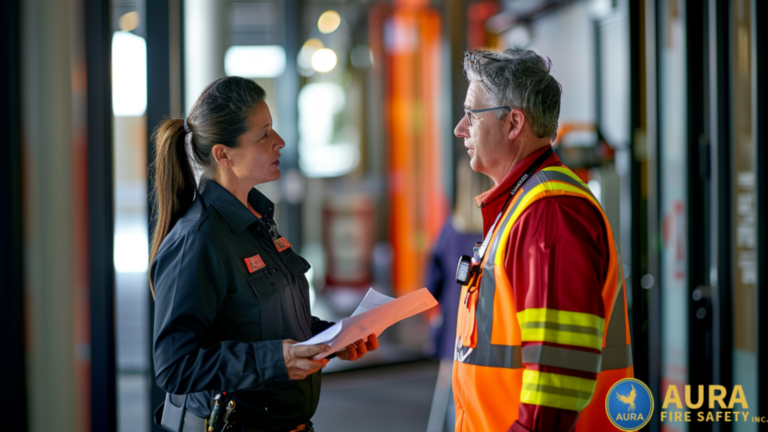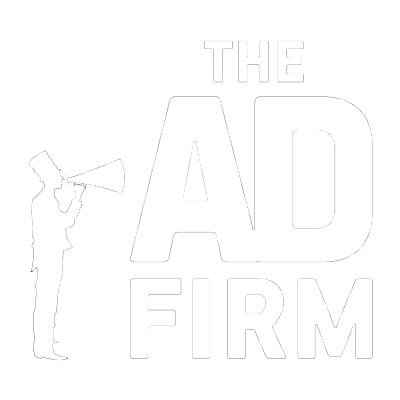Commercial properties in San Francisco have a distinct need for stringent fire safety measures due to their structural complexity and high occupancy. Adherence to local fire sprinkler code requirements is crucial, not only for legal compliance but also to safeguard lives and investments. The consequences of neglecting these regulations can be severe, ranging from heavy fines to loss of life and property.
Overview of Fire Sprinkler Codes in San Francisco
San Francisco’s stringent approach to fire safety is evident in its detailed fire sprinkler codes, designed to address the unique challenges of a densely populated urban environment. The city mandates adherence to both national standards and specific local codes. Understanding these regulations is crucial for property owners to ensure their buildings are not only compliant but also optimally protected against fire risks.
Current Regulations and Standards
San Francisco adheres to stringent NFPA 13 regulations to ensure the safety and effectiveness of commercial fire sprinkler systems. This standard covers a wide array of specifics, providing a detailed framework that enhances fire protection capabilities across various commercial properties. Here are five key aspects of NFPA 13 that are crucial for compliance:
- Sprinkler Head Placement and Spacing: NFPA 13 specifies exact distances between sprinkler heads and between the sprinklers and walls, ensuring optimal coverage. For standard pendent or upright sprinklers, the code mandates a spacing of not less than 6 feet and not more than 12 feet, which helps achieve uniform water distribution during a fire.
- Pipe Sizing and Water Pressure Requirements: The standard requires that pipe sizing must accommodate the flow rate and pressure necessary to properly activate sprinklers. It includes formulas to calculate the minimum flow requirements based on the specific hazards present in the protected area.
- System Type and Design Criteria: NFPA 13 distinguishes between wet, dry, pre-action, and deluge sprinkler systems, each tailored to different environmental conditions and hazards. For instance, in environments prone to freezing, dry systems are recommended where pipes contain pressurized air or nitrogen until the sprinkler operates.
- Obstruction Rules: The standard has clear rules about obstructions that might block the spray pattern of sprinklers. It requires a minimum clearance between the deflector and the top of storage stacked below to ensure effective spray patterns and reach in case of fire.
- Installation and Testing Protocols: NFPA 13 outlines detailed procedures for the installation and subsequent testing of fire sprinkler systems. Hydrostatic tests and flushing of the systems before they are fully commissioned are required, ensuring that any debris that could clog the sprinkler heads is removed and that the system maintains the required pressure.
Adhering to these regulations ensures that fire sprinkler systems are reliable, effective, and compliant. Property managers must ensure that their systems are not only up to code at installation but are maintained in accordance with NFPA 13 to uphold safety standards continuously.
Design Requirements for Commercial Fire Sprinkler Systems
Tailoring fire sprinkler design to the unique specifications of each commercial property in San Francisco is critical to maximizing fire safety effectiveness. The precise engineering of fire sprinkler systems, which must seamlessly integrate into diverse building layouts to ensure the response is both swift and comprehensive in the event of a fire.
System Types and Layout Specifications
Selecting the appropriate fire sprinkler system is a critical aspect of ensuring safety and adhering to regulatory standards in commercial buildings. Each system offers unique benefits tailored to specific environmental conditions and risks. Here are the various types of systems and their optimal uses:
Wet Pipe Systems
The most common and reliable type, these systems are always filled with water, providing immediate response when a fire is detected. They are best suited for office buildings, schools, and hospitals where the ambient temperature does not drop below freezing. The simplicity and speed of operation makes them an excellent choice for general applications.
Dry Pipe Systems
Designed for environments prone to freezing, such as parking garages and warehouses, dry pipe systems contain pressurized air or nitrogen. The water is released into the pipes only when the sprinkler heads are activated by sufficient heat, which releases the air pressure and allows water to flow. This delay can be crucial in preventing water damage in areas where immediate water discharge might be detrimental.
Pre-action Systems
These systems combine elements of wet and dry systems and are used in locations that house valuable or sensitive materials, such as museums, libraries, and data centers. They require a double trigger mechanism—typically a detected smoke or heat event followed by the activation of the sprinkler head—to initiate water flow, providing an added layer of protection against accidental activation and potential water damage.
Deluge Systems
Unlike the selective activation in other systems, deluge systems release water from all sprinkler heads simultaneously when a fire is detected, flooding the entire area. This immediate and extensive response makes them ideal for high-risk areas such as chemical plants or aircraft hangars, where rapid fire spread is a potential hazard.
The choice of system depends not only on the specific risks associated with a property but also on the architectural design, which can affect the installation and coverage of the sprinkler heads. Effective layout planning, coupled with a clear understanding of the distinct functionalities of these systems, ensures optimal fire protection tailored to the unique needs of each commercial facility. This strategic approach to system selection and design underpins the robustness of fire safety measures, safeguarding lives and investments alike.
Installation Standards and Best Practices
Efficient fire sprinkler installation is pivotal in enhancing safety within commercial spaces. At Aura Fire Safety, we adhere to a set of rigorously defined standards and practices that ensure our installations meet the stringent requirements of fire safety codes while accommodating the unique needs of each property.
Installation Procedures
Implementing a fire sprinkler system involves meticulous steps to ensure every component functions as intended and complies with all relevant fire safety codes. Here’s an in-depth look:
- Initial Consultation and Assessment: We start by assessing the property to understand its specific needs and the scope of the project. This includes evaluating the existing fire safety measures and identifying any special requirements based on the building’s layout and usage.
- System Design and Planning: Our engineers design the sprinkler system using the latest software to ensure it meets all NFPA standards and local codes. This phase includes selecting the appropriate system type and calculating the required water supply and pressure.
- Installation and Integration: Our certified technicians handle the installation, ensuring that every sprinkler head, pipe, and valve is correctly placed and fully operational. We integrate the system with existing fire alarms and emergency response systems to provide a comprehensive safety solution.
- Testing and Final Inspection: Before finalizing the installation, we conduct thorough testing to ensure the system functions correctly. This includes flow tests and inspections to detect any issues that need addressing before the system goes live.
Concluding this phase with detailed documentation and client training ensures that the property management is fully informed about the system’s operation and maintenance requirements, solidifying the efficacy of the fire protection strategy.
Inspection and Maintenance Requirements
Fire sprinkler systems are a critical defense mechanism for commercial environments, helping to mitigate fire hazards effectively. Managing these systems necessitates a disciplined approach to both routine fire sprinkler inspections and ongoing maintenance. This section will outline the structured inspection schedules mandated by NFPA 25 and Title 19, highlighting the specific actions taken during these inspections to ensure that fire sprinkler systems remain reliable and effective.
Title 19 of California’s health and safety regulations specifically governs the inspection and maintenance of fire protection systems, including fire sprinklers. These regulations are designed to ensure that all fire sprinkler system components are functional, compliant, and ready to operate in the event of a fire, providing essential safety and compliance assurance to commercial property owners.
Routine Inspection Schedules
Ensuring the operational integrity of fire sprinkler systems involves a structured schedule of inspections that assess various components at different intervals. Here’s an overview of the key inspections and their importance:
- Quarterly Fire Sprinkler Inspection: Focuses on testing mechanical devices, gauges, and control valves. These quarterly checks are essential for identifying early signs of wear or malfunction that could impair system performance.
- Annual Fire Sprinkler Inspection: Provides a complete review, examining the fire sprinkler system’s physical structure and operational efficiency. It includes obstruction checks, sprinkler head evaluation, and verification of alarm and signaling devices.
- Five-Year Fire Sprinkler Inspection: Involves more comprehensive testing, including an internal examination of piping and the sprinkler system’s internal components to protect against material failure or buildup that could block water flow.
Each of these inspections plays a crucial role in identifying issues that could compromise the system’s effectiveness during a fire, ensuring that all components meet the safety standards required to function correctly in an emergency.
With Aura Fire Safety, you can trust that your fire safety measures are up to date and effective, providing peace of mind in a city known for its rigorous safety standards. Contact Aura Fire Safety today and secure your peace of mind.



 The Ad Firm
The Ad Firm